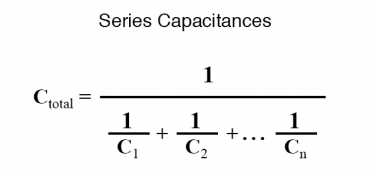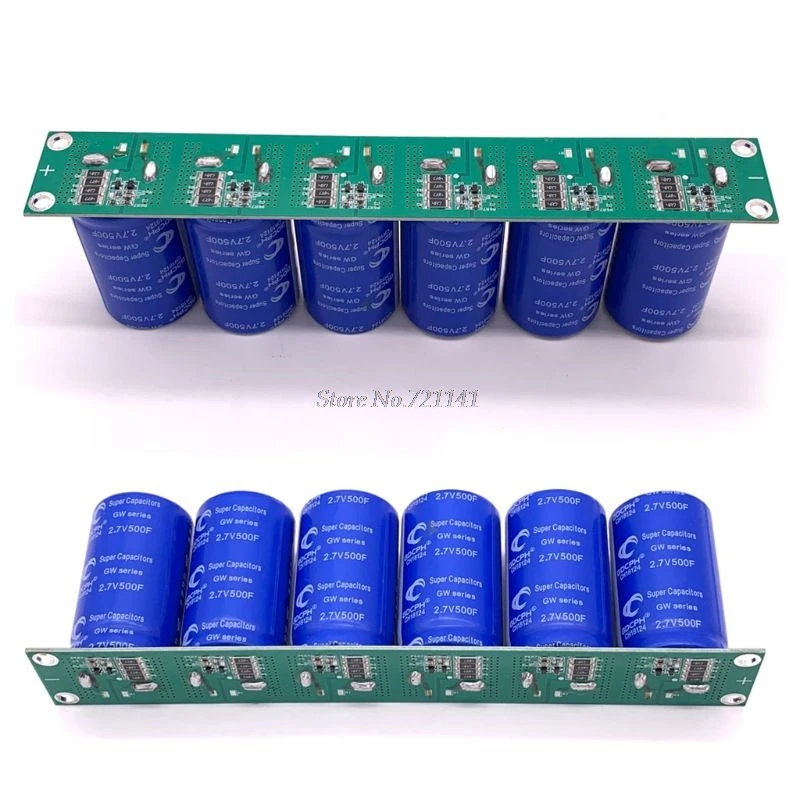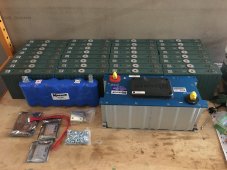curiouscarbon
Science Penguin
- Joined
- Jun 29, 2020
- Messages
- 3,022
interesting, thanks for sharing
reducing ripple current on the batteries when using inverter is interesting to me
some people place it in parallel with battery
if i added one to reduce current ripple, i'm not sure exactly how to integrate it.
due to such power, i would want to have a way to programmatically isolate it from the circuit
one high amp contactor per pole plus a resistive precharge and bleed off (safe shut down) circuit is one way that i would consider.
reducing ripple current on the batteries when using inverter is interesting to me
some people place it in parallel with battery
if i added one to reduce current ripple, i'm not sure exactly how to integrate it.
due to such power, i would want to have a way to programmatically isolate it from the circuit
one high amp contactor per pole plus a resistive precharge and bleed off (safe shut down) circuit is one way that i would consider.








